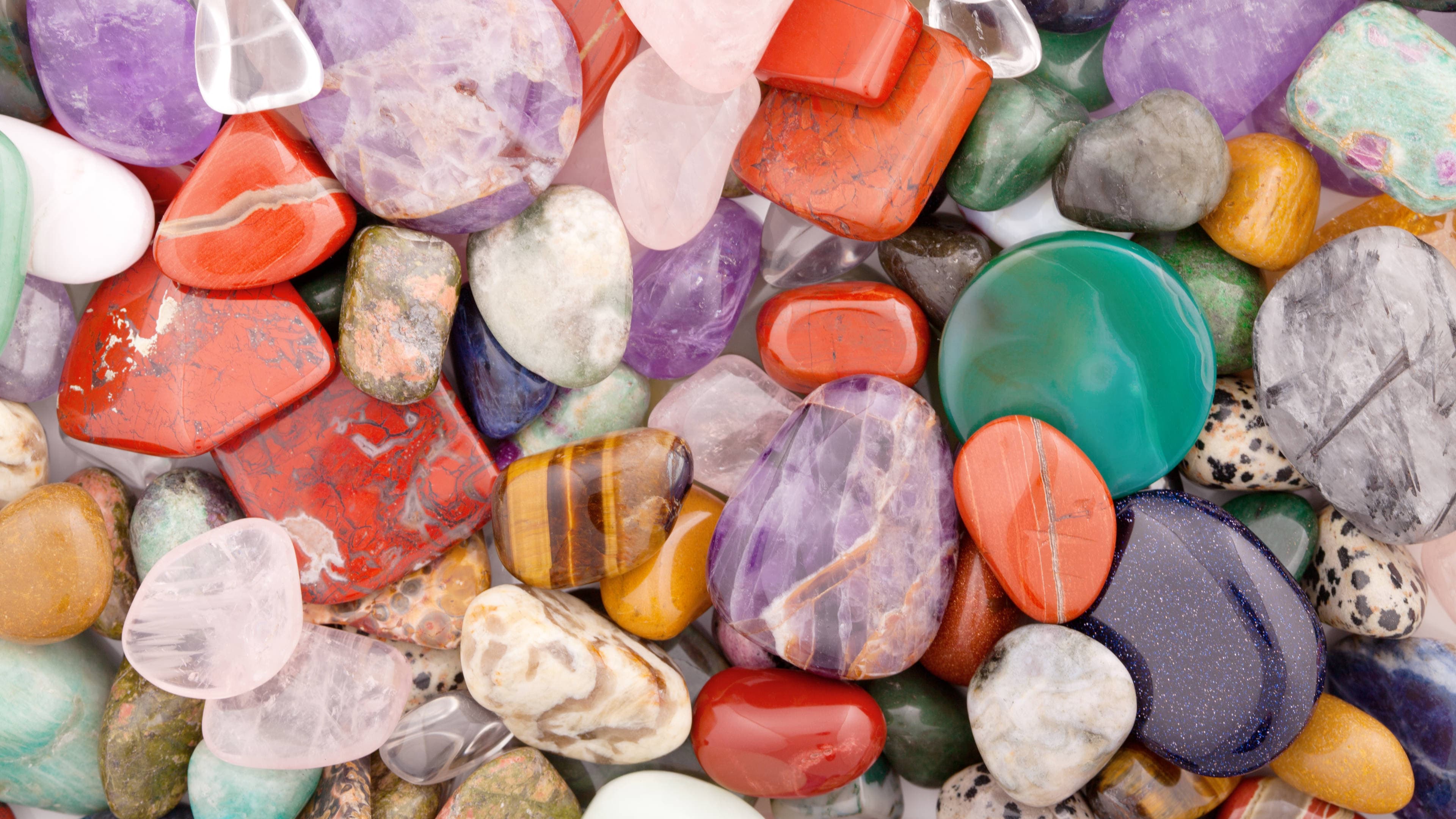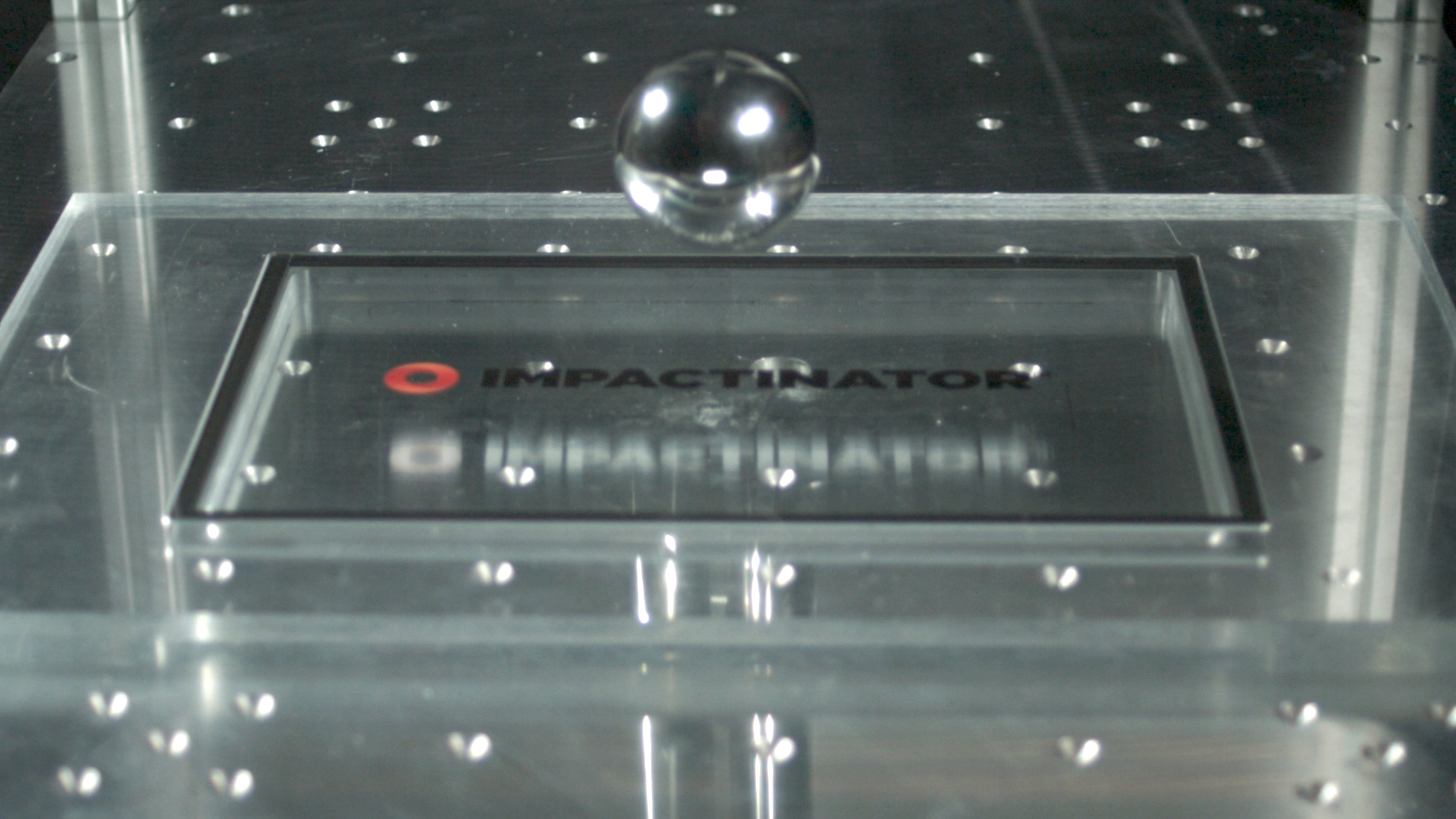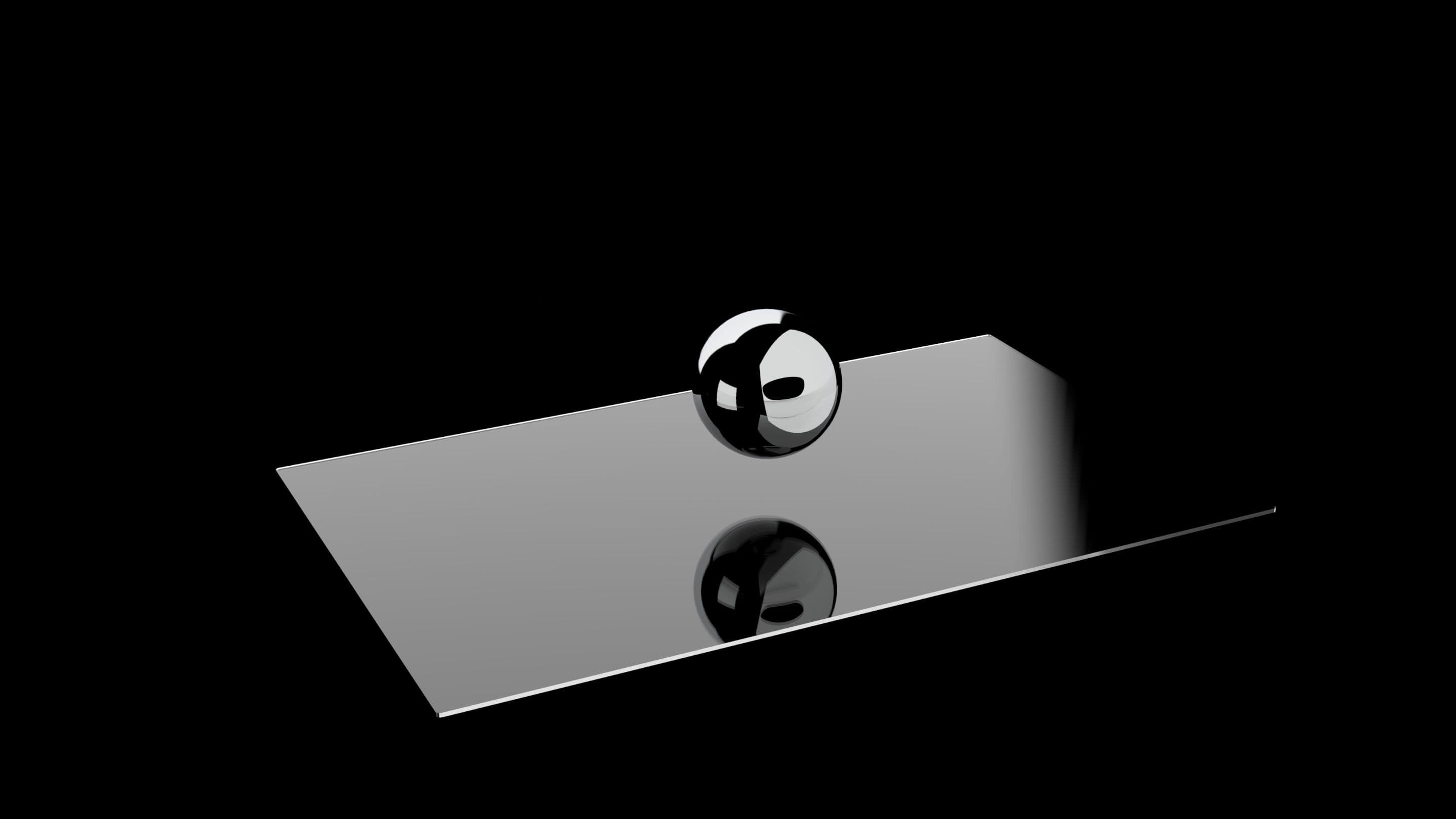What is the Pencil Hardness Test?
The pencil hardness test, also referred to as the Wolff-Wilborn test, uses the varying hardness values of graphite pencils to evaluate a coating’s hardness. It is a simple yet highly effective method for determining the hardness of a material's surface. By pushing pencils into the sample, the coating hardness is identified by the trace generated. This test is widely used across various industries, from electronics to automotive manufacturing, due to its ease of use and cost-effectiveness.
How the Pencil Hardness Test Works
The pencil hardness test involves using pencils graded from 9H (the hardest) to 9B (the softest), with the hardness scale being determined by the amount of clay versus graphite in the pencil core. The procedure typically involves holding the pencil at a 45-degree angle to the test surface and applying a consistent force. If the pencil leaves a mark, the surface is not as hard as the pencil. By repeating this process with different pencils, you can determine the exact hardness of the material surface.
Grading Hardness: Numerical and HB Graphite Scales
There are two scales to grade the hardness of a pencil's graphite core. The first is a numerical scale; the higher the number, the harder the marking core. As the core becomes softer in the lower numbers, it leaves more graphite on the material and a darker mark. The second scale is the HB graphite scale; the "H" represents the hardness, while the "B" indicates blackness. Understanding these scales is crucial for selecting the right pencils for your testing needs.
Standard Test Method for Film Hardness by Pencil Test
The ASTM D3363 is a standardized test method designed to evaluate the hardness of a coating through the use of pencil or drawing leads. This method also assesses the cure of the coating and can be paired with other tests, such as ASTM D7869, to characterize the evolution of material hardness over time. At Interelectronix, we incorporate ASTM D3363 into our comprehensive paint testing services to ensure your coatings meet the highest standards.
Evaluation of Film Hardness by Pencil Hardness Test
The purpose of this test protocol is to determine the hardness of a coated film through pencil hardness measurements. The method involves evaluating the surface aesthetics of the coating following an attempt to scratch it with a pencil of known hardness at a 45-degree angle by applying a constant force. This process is repeated with a pencil that is lower on the hardness scale until the hardest pencil that leaves the film uncut and the hardest pencil that does not scratch the specimen are identified.
Factors to Consider in ASTM D3363 Testing
When running the ASTM D3363 test, several factors must be considered, including film thickness and the type of pencil used. The size of the sample needs to be sufficient to conduct the experiment twice. Typical test conditions involve a temperature of 23 ± 2 °C (73.5 ± 3.5 °F) and relative humidity of 50 ± 5%. The wood pencil hardness scale ranges from 6B (softest) to 6H (hardest), and selecting the correct hardness is crucial for accurate testing.
Importance of the Pencil Hardness Test in Various Industries
In the electronics industry, for instance, the durability of touchscreen devices hinges on the hardness of the display surface. A scratch-resistant screen not only enhances user experience but also prolongs the life of the device. Automotive manufacturers rely on the pencil hardness test to ensure that dashboard materials and exterior coatings can withstand daily wear and tear. Similarly, in construction, the test helps in verifying the hardness of floor coatings and other materials, ensuring they meet the necessary durability standards.
Ceramic Coating Hardness: Pencil Scratch 9H Hardness Test
Coatings are usually very thin layers of materials supported by a substrate. Anything laid on top of a substrate is a coating, including waxes, lacquer, acrylic, enamel paints, and other materials. A coating applied on a hard base will naturally increase the hardness of the coating. For example, a ceramic coating forms a protective layer on a car's clear coat, shielding it from harmful UV rays, pollen, bird droppings, acid rain, and other damaging elements.
What is Hardness?
Hardness is the resistance of a solid material to deformity when a compressive force is applied. Certain materials (e.g., metals) are harder than others (e.g., plastics). Macroscopic hardness is generally characterized by strong intermolecular bonds, but the behavior of solid materials under force is more complex, encompassing scratch hardness, indentation hardness, and rebound hardness. Hardness is highly dependent on ductility, elastic stiffness, plasticity, strain, strength, toughness, viscoelasticity, and viscosity.
Scratch Hardness Scale Types
Scratch hardness tests determine the hardness of a material to scratches and abrasion. Common scales include:
- Mohs Scale: Based on relative scratch hardness, with talc at 1 and diamond at 10. It is non-linear and most modern abrasives fall between 9 and 10.
- Ridgway’s Scale: Modifies the Mohs scale, assigning garnet a hardness of 10 and diamond 15.
- Wooddell’s Scale: Extends Ridgway’s scale using resistance to abrasion, resulting in a value of 42.4 for South American brown diamond bort.
Pencil Hardness Scale: How Does it Work?
The mineral scales are not suitable for coatings or films, leading to the standardized ASTM method using the Pencil Hardness Scale. Graphite pencils, which rate 1-2H on the Mohs scale, are used to measure the hardness of clear and pigmented organic coating films. This method is crucial for developmental work and production control, though results can vary between laboratories due to differences in pencils and panels used.
How a Pencil Hardness Test is Done
The test typically involves a coating thickness of 25.4-38.1 microns, allowed to dry for 7 days. A pencil is selected, and a line about 1/2-inch long is made. If it scratches the surface, a softer pencil is used until the first pencil that doesn’t scratch the coating is identified. The test is repeated for consistency. Some coatings are so hard that even a 10H pencil won’t scratch them, earning a 10H rating.


